Related Posts
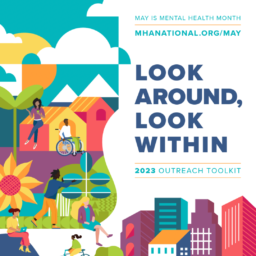
This toolkit, comprised of fact sheets, worksheets, sample communications materials, and sample social media is designed to help aid how you support your own mental health journey, along with your community’s.

How is a charitable pharmacy different from other types of pharmacies?

St. Vincent de Paul Charitable Pharmacy offers article regarding impact of a charitable pharmacy on their community and patients

Charitable Pharmacies of America organization member receives Health Equity grant
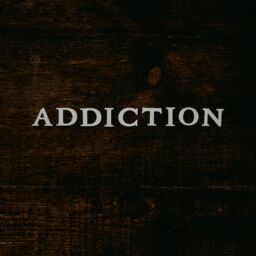
Three Healthcare Organizations Join Forces to Save Lives
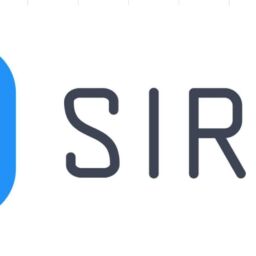
Good Pill will provide direct access to hundreds of life-saving medications and save families $150+/month on healthcare cost

APPLICATIONS ARE OPEN! – Letters of Intent due 9/15/23
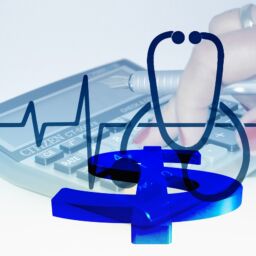
Recent federal legislative and regulatory updates in managed care pharmacy have prioritized topics ranging from expedited access to novel therapeutics to the health disparities and equity concerns affecting patient populations nationwide, but progress on these developments will depend on the impact of the midterm elections
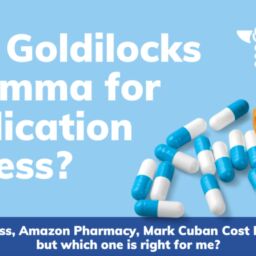
There are multiple factors that will impact an individual patient’s choice on how to go about getting their prescription medication. It can be overwhelming to navigate this complex issue.
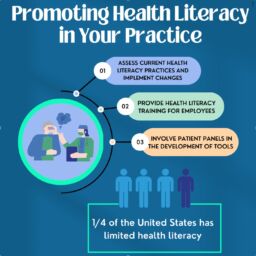
Around one fourth of the United States population does not have adequate health literacy.
Health literacy is defined as the ability to obtain, read, understand, and apply healthcare
information
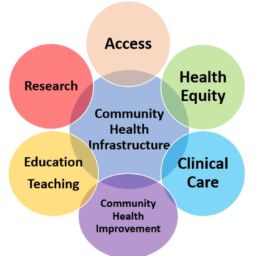
An opportunity for charitable pharmacies to collaborate with oncology practices for non-oncology medications during and after treatment.
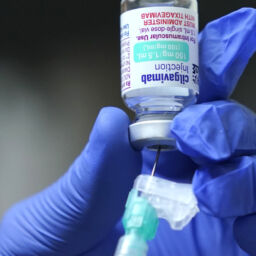
How a ‘weighted lottery’ helped underserved patients get a scarce Covid drug

Using Public Health Detailing to Increase Access and Confidence in COVID-19 Vaccines and Reinvest in Disproportionately Impacted NYC Communities Go…
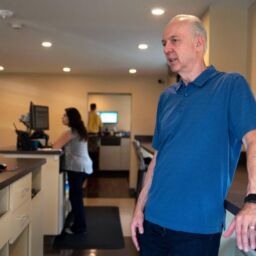
‘Unbelievably good price’: KC-area pharmacy dispenses bargain medicine — and hope Go to article
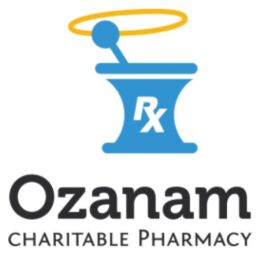
Charitable Pharmacies of America organization member receives Health Equity grant

